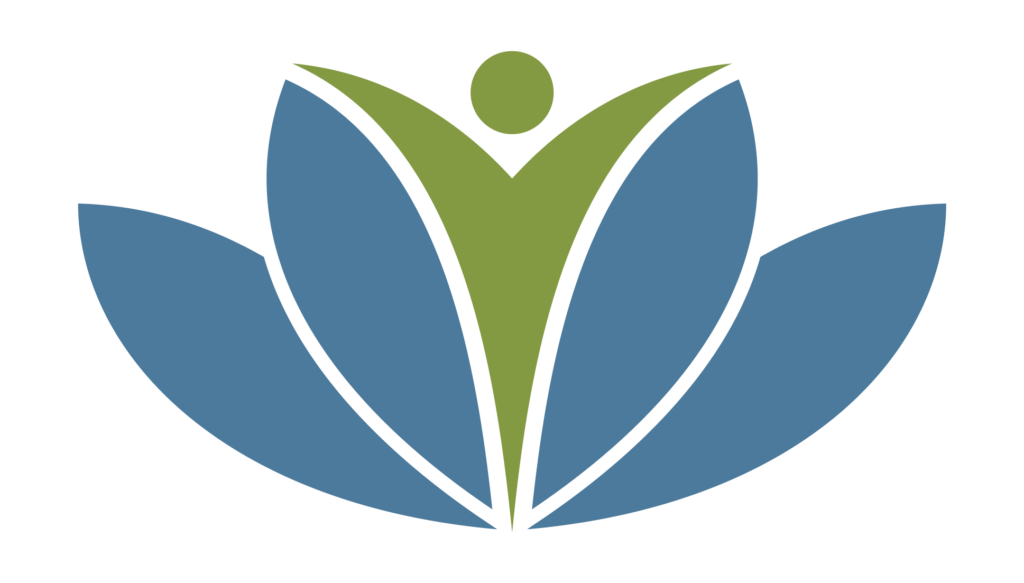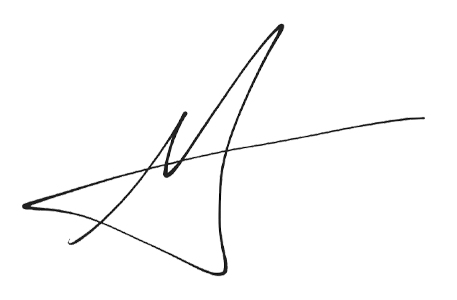Trauma-Theory in Sanctuary


Trauma-Theory in Sanctuary
If you had time off for the recent holiday, welcome back. If you didn’t, here’s a sincere thank you for working and caring for your community. The need for health care doesn’t shut down for any reason. Patients, parents, and caregivers appreciate your availability during their time of need even though it may not be evident in a given moment.
This week’s Whole-Person Wellness post is about trauma theory as it is used in the Sanctuary Model. Feel free to delete this and go about your day, but if you’d like to know more, keep reading.
The Sanctuary Model of organizational wellness has Standards for Certification that are built around four pillars, the first of which is trauma theory. According to the Standards:
“Trauma Theory is the foundation for creating a trauma informed environment. Simply put, trauma, adversity and chronic stress are universal to the human experience and affect individuals and organizations in predictable ways. The understanding of the ways in which trauma impacts functioning and health and the use of the Sanctuary Model to mitigate these effects are at the core of the Sanctuary Model. A Sanctuary agency understands trauma theory and uses the lens of Sanctuary to make connections about behaviors and events, to problem solve and ultimately to create a high-functioning, compassionate, healthy community.”
There is a lot to unpack in there. For now, let’s just focus on “trauma, adversity and chronic stress are universal to the human experience and affect individuals and organizations in predictable ways.”
Read this again: “trauma, adversity and chronic stress are universal to the human experience.”
So when someone asks you if you have experienced trauma, adversity and/or chronic stress, what is your answer? That’s right, everyone, we’re NORMALIZING!
You might be thinking “c’mon now, let’s not get dramatic,” but stop that. If you lived through COVID-19, if you were in health care during the pandemic, you experienced these things.
It doesn’t begin and end with the pandemic, though. If you are a member of an oppressed group, or of an oppressing group, you experience these things (because oppression is bad for everyone). If you have ever tried to move to another country, dealt with family issues, been a student in a health care field, had your whole life plan riding on one test, worked continuously under multiple deadlines, been held up as a hero when really what everyone was saying was don’t you dare stop working … you see where this is going.
Adversity and chronic stress are everywhere in health care. They can be under the radar and as seemingly minor as a change in a routine workflow. This is stressful to the nervous system because something that had been automatic now requires active attention which requires additional energy to process, which is why we snap at colleagues when we feel stress – we literally do not have the energy to respond with more intention.
That being said, not every stressful thing causes trauma. “individual trauma as an event or circumstance” results in:
- “physical harm
- emotional harm
- and/or life-threatening harm
The event or circumstance has lasting adverse effects on the individual’s:
- mental health
- physical health
- emotional health
- social well-being
- and/or spiritual well-being.”
The key here is “lasting adverse effects” and understanding that what may cause a trauma reaction in one person may not cause one in someone else. What makes the difference is not very well understood, but seems to have roots in many factors including childhood experiences, neurological make-up, background beliefs, familial traditions, and so on.
This is where triggers enter the picture. Renowned psychiatrist Bessel van der Kolk, M.D., in his book “The Body Keeps the Score” and just about every interview he does, reminds us that trauma is stored in the whole of the human being. A sense memory can trigger a whole body response in a way that is unintelligible to the thinking mind, and just talking about it may not work as the part of our brains that put words to things may be absolutely in the dark about what is going on.
What can we do? First and foremost, we can work to recognize the universality of the human condition in a given moment of reactivity, whether in ourselves or another. Then we can avoid shaming and pathologizing by remembering it is never “what’s wrong with you” but “what’s happened to you.” This way, we set ourselves up well for the ongoing work of healing self and other.
Quick Tip
So if you get snacky during times of stress, good news – you’re not weak-willed, you’re human with a functioning brain! The tricky bit is that we get glucose from all kinds of things, and our systems are not very good at saying, “ok, that’s enough.” Bringing intention to not eating more than we need itself takes energy! If this is an issue for you, as it is for many, many, many people, psychiatrist David Burns, M.D., has something for you to try. In his book, “Feeling Good: The New Mood Therapy,” Dr. Burns says instead of getting upset with yourself for wanting the snack and self-shaming and all that, let yourself know that if you want it, you can have it. The more we deny ourselves things out of a sense of shame or cultural story or whatever, the more we actually create the desire for it through the tension of want. Instead, let yourself know that you can have it; you’re an adult and you can have the dang snack if you really want it. The question is then do I really want the snack, or is what I want actually to feel less stress for a few minutes, or feel less tired, or something else. Remove the shame and the tension and then see what we really want. Unless we’ve skipped a meal, chances are pretty good that snacking isn’t actually just about the snack.
Thank you,

Meaghan P. Ruddy, Ph.D.
Senior Vice President
Academic Affairs, Enterprise Assessment and Advancement,
and Chief Research and Development Officer
The Wright Center for �ʼһ��� Medical Education

